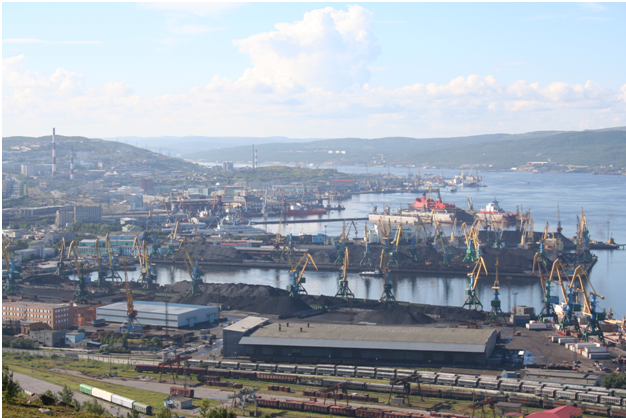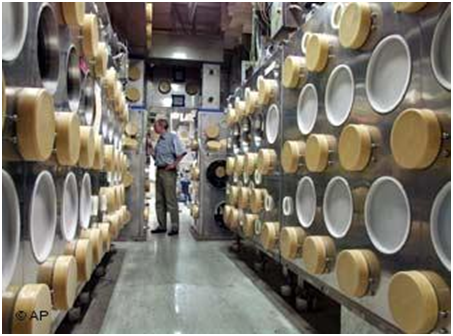Today, I am going to focus on illegal nuclear waste dumping inside Russia. For years, Rosatom, the government owned nuclear company in Russia, has denied that the nuclear waste reprocessing facility Mayak in the Urals is continuing to illegally dump byproducts of reprocessing into the Techa river, an important source of water for thousands of homes in the area.
Mayak is in the closed nuclear town of Ozersk. The Soviet Union built whole cities to house the scientists and workers for specific industries. These “closed” towns were off limits for foreigners and even Russians without proper documentation. Mayak is the only facility in Russia that can reprocess the nuclear fuel used in the VVER-440 reactors and spent fuel from Russian submarines.
In 1957, a waste storage tank exploded at Mayak. Radioactive materials were spread across the region and hundreds of thousands of residents had to be evacuated. The Soviet nuclear authorities claimed that a reactor had exploded in the nearby town of Kyshtym to divert attention from the real site and nature of the accident. Many people in the area were forced to work on the clean-up with little protection against the radiation.
Rosatom has been claiming that Mayak stopped dumping toxic wastes into the river decades ago. Russian court documents prove that this practice has never stopped. The release of deadly nuclear waste into the Techa river and the nearby Lake Karachai over many decades has resulted in this area being designated as one of the most radioactive contaminated places in the whole world.
In 2006, the director of Mayak was relieved of his duties and charged with criminal activity in regard to the continued dumping of nuclear wastes into the Techa. It took five years for activists to obtain court documents for the closed hearings. The court documents state that between 2001 and 2004, over a billion cubic feet of nuclear waste was dumped into the Techa in clear violation of Russian law.
Testing of the river water indicated that it qualified as “liquid radioactive waste.” The five thousand residents in the area suffered increase levels of acute myeloid leukemia and other forms of cancer as a result of the radioactive contamination of their environment. The area around the river was eighty times the normal level of background radiation. The radioactive contamination has spread from the water through the food chain to the human residents of the area.
Between 2001 and 2004, the managers of Mayak received over one hundred and seventy million dollars, mostly from accepting nuclear waste shipments from abroad as mentioned in my previous post. Apparently none of the money was used to make the storage of nuclear waste any safer. Instead, it was spent on unrelated business expenses. In 2006, the court found that five villages in the area had been contaminated by recent dumping at Mayak. Over the lifetime of Mayak, as much as fifteen billion cubic feet of radioactive waste has been dumped into the Techa river.
Rosatom has repeatedly claimed that Mayak is a ” model industrial enterprise that does no damage to the environment.” The recent testing and court cases show that their claims are lies and they know they are lying. Fortunately, with the finding of the court case in 2006, there have been calls for such measures as covering the Techa river with a concrete lid and making certain that all dumping of wastes into the Techa river are stopped.
Mayak nuclear plant:






